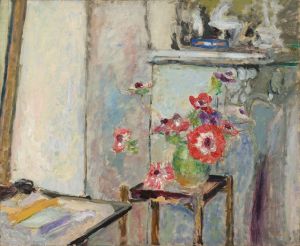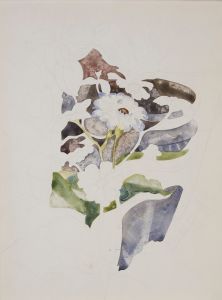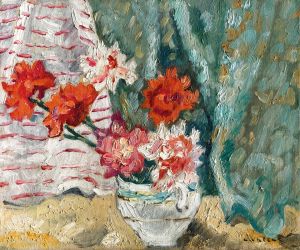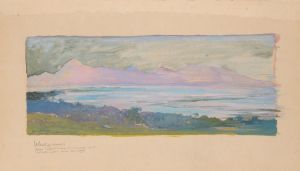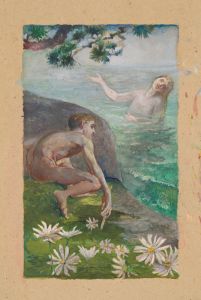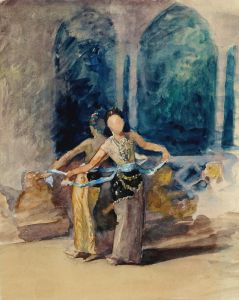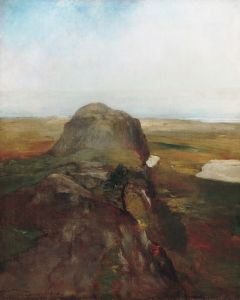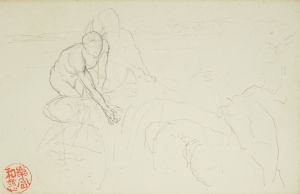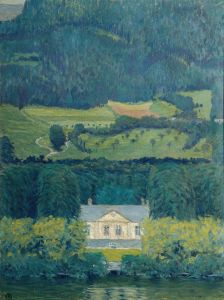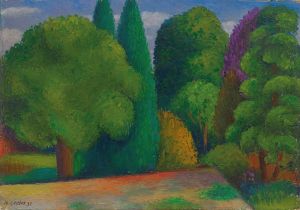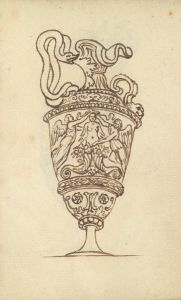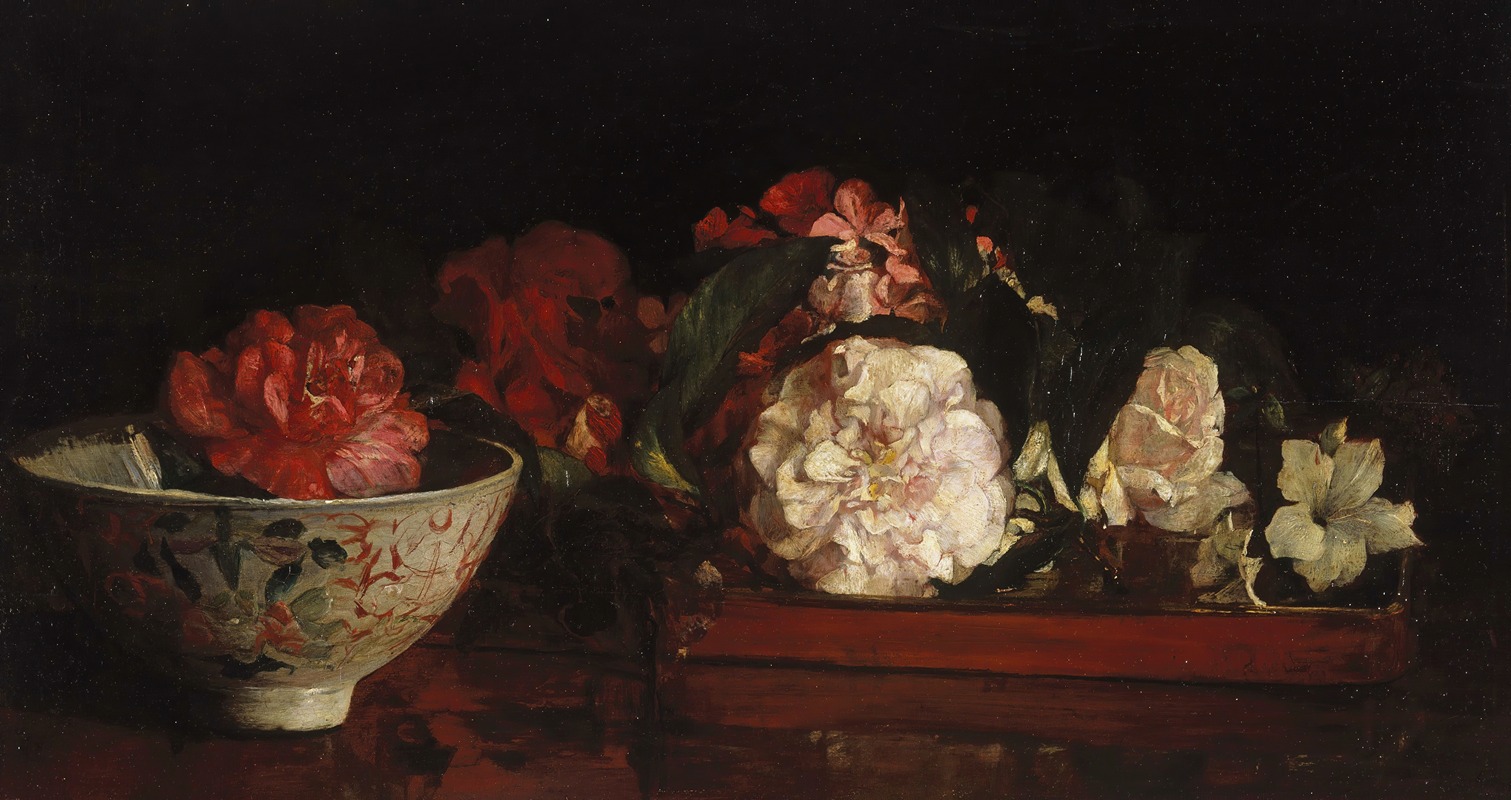
Flowers On A Japanese Tray On A Mahogany Table
A hand-painted replica of John La Farge’s masterpiece Flowers On A Japanese Tray On A Mahogany Table, meticulously crafted by professional artists to capture the true essence of the original. Each piece is created with museum-quality canvas and rare mineral pigments, carefully painted by experienced artists with delicate brushstrokes and rich, layered colors to perfectly recreate the texture of the original artwork. Unlike machine-printed reproductions, this hand-painted version brings the painting to life, infused with the artist’s emotions and skill in every stroke. Whether for personal collection or home decoration, it instantly elevates the artistic atmosphere of any space.
John La Farge was an influential American artist known for his contributions to the fields of painting, stained glass, and illustration during the late 19th and early 20th centuries. One of his notable works is "Flowers On A Japanese Tray On A Mahogany Table," which exemplifies his interest in combining Western and Eastern artistic traditions.
La Farge was born in 1835 in New York City and was educated at Mount St. Mary's University in Maryland and Fordham University in New York. He initially studied law but soon turned to art, studying under the tutelage of painter William Morris Hunt in Newport, Rhode Island. La Farge's early work was influenced by the Pre-Raphaelites and the French Barbizon school, but he later developed a unique style that incorporated elements from various cultures.
"Flowers On A Japanese Tray On A Mahogany Table" reflects La Farge's fascination with Japanese art and design, which was part of a broader trend of Japonisme that swept through Europe and America in the late 19th century. This movement was characterized by the incorporation of Japanese aesthetics into Western art, following the opening of Japan to international trade in the 1850s. La Farge was one of the American artists who embraced this trend, and his work often featured Japanese motifs and techniques.
The painting itself is a still life, a genre that La Farge frequently explored. It depicts a carefully arranged composition of flowers placed on a Japanese tray, which rests on a mahogany table. The choice of a Japanese tray is significant, as it highlights La Farge's appreciation for Japanese craftsmanship and design. The mahogany table adds a touch of Western elegance, creating a harmonious blend of Eastern and Western elements.
La Farge was known for his innovative use of color and light, and "Flowers On A Japanese Tray On A Mahogany Table" is no exception. The painting demonstrates his skillful manipulation of color to create depth and texture, as well as his ability to capture the delicate interplay of light and shadow. This attention to detail and mastery of technique are hallmarks of La Farge's work, contributing to his reputation as a leading figure in American art.
In addition to his work as a painter, La Farge was a pioneer in the field of stained glass. He developed new techniques for creating opalescent glass, which allowed for a greater range of colors and effects. His innovations in stained glass had a lasting impact on the medium and influenced other artists, including Louis Comfort Tiffany.
Throughout his career, La Farge received numerous accolades and held several prominent positions in the art world. He was a founding member of the Society of American Artists and served as president of the National Society of Mural Painters. His contributions to art were recognized with several awards, including the French Legion of Honor.
"Flowers On A Japanese Tray On A Mahogany Table" is a testament to John La Farge's ability to synthesize different artistic traditions into a cohesive and visually striking work. It reflects his deep appreciation for the beauty of nature and his skill in capturing it through his art. Today, La Farge's work continues to be celebrated for its innovation, elegance, and cross-cultural influences.





